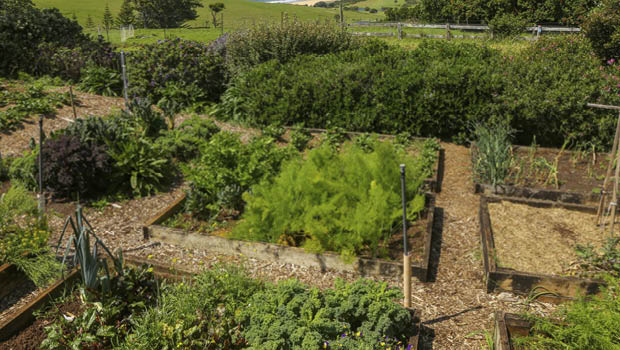Crop rotation
2021-03-24T03:50:21+11:00
A crop rotation plan is a good idea for every garden as it will help avoid pests and disease build up – here's some basics.
One of the key methods gardeners can use to break the cycle of pest and soil-borne plant diseases is crop rotation. Basically, not growing the same crops in the same bed year after year. Also, with a bit of planning, this also allows you to best fit different crops with varying nutritional needs into your cycle.
Soil pests and diseases are the main concern and can accumulate in a bed if the same crop is grown repeatedly. An example is fungal wilt disease affecting Solanaceae crops like tomatoes. To break the cycle of reinfection, it’s helpful to not plant tomatoes and their relatives in that bed for at least a couple of growing seasons.
This rotational process is straightforward when you’re talking in terms of two crops, but to devise a rotation plan for a garden with multiple beds and dozens of different crops can become something of a puzzle.
I try to keep things very simple in my garden, so I use a basic system that I call LBR. It stands for legume-brassica-root. I start with a fresh map of my garden beds each season. To each bed I allocate one of the LBR crops. Next season, I move each of the LBR crops to a neighbouring bed. This way, each bed gets roughly a year’s break from growing a crop from the same family.
What about sweet corn, lettuces and onions and all the others that aren’t my LBR crops? I allocate space for them among the main rotational crops. Sometimes they’ll share a bed, sometimes they’ll have a bed to themselves and will slot between one of the LBR’s.
Once you get to know your garden and work with the crops it all becomes second nature. You can even go further and devise a more complex 4–6 bed rotational plan.
The full article on crop rotation first appeared in OG Issue 124 – you’ll find back issues of the magazine here, where you can also subscribe to get expert organic ideas delivered to your door.






